Chapter 13: The Living Library — From Scroll to Scripture traces how sacred text became sacred canon.
What we call “The Bible” was not a finished work from the start. It was built slowly—scroll by scroll, law by law, edit by edit. First by scribes and teachers. Later by translators and councils. And always with power in the background.
From Alexandria to Jerusalem, from Babylon to Qumran, Jewish communities read different texts, in different languages, with different views on what was sacred. One scroll praised wisdom. Another predicted apocalypse. One told stories of kings. Another whispered revolt.
There was no master list—only local libraries and arguments over which voices should last.
This chapter walks you through:
-
The Septuagint, a Greek Bible built to meet diaspora needs
-
The Dead Sea Scrolls, which show how fluid scripture really was
-
The politics of canon formation in early Judaism and Christianity
-
Why different faiths still have different Bibles today
The Bible didn’t arrive from heaven. It was curated. And for every book we read now, others were banned, edited, or forgotten.
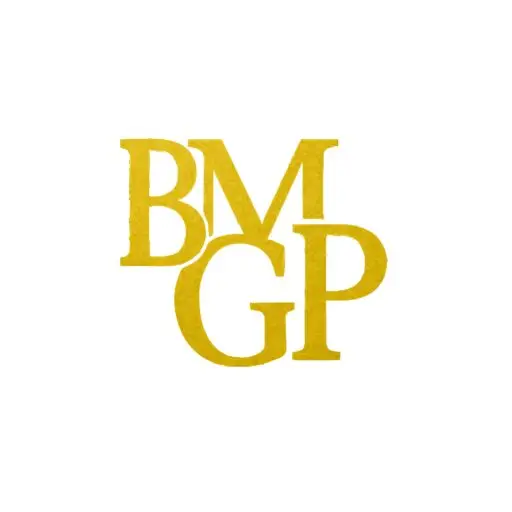
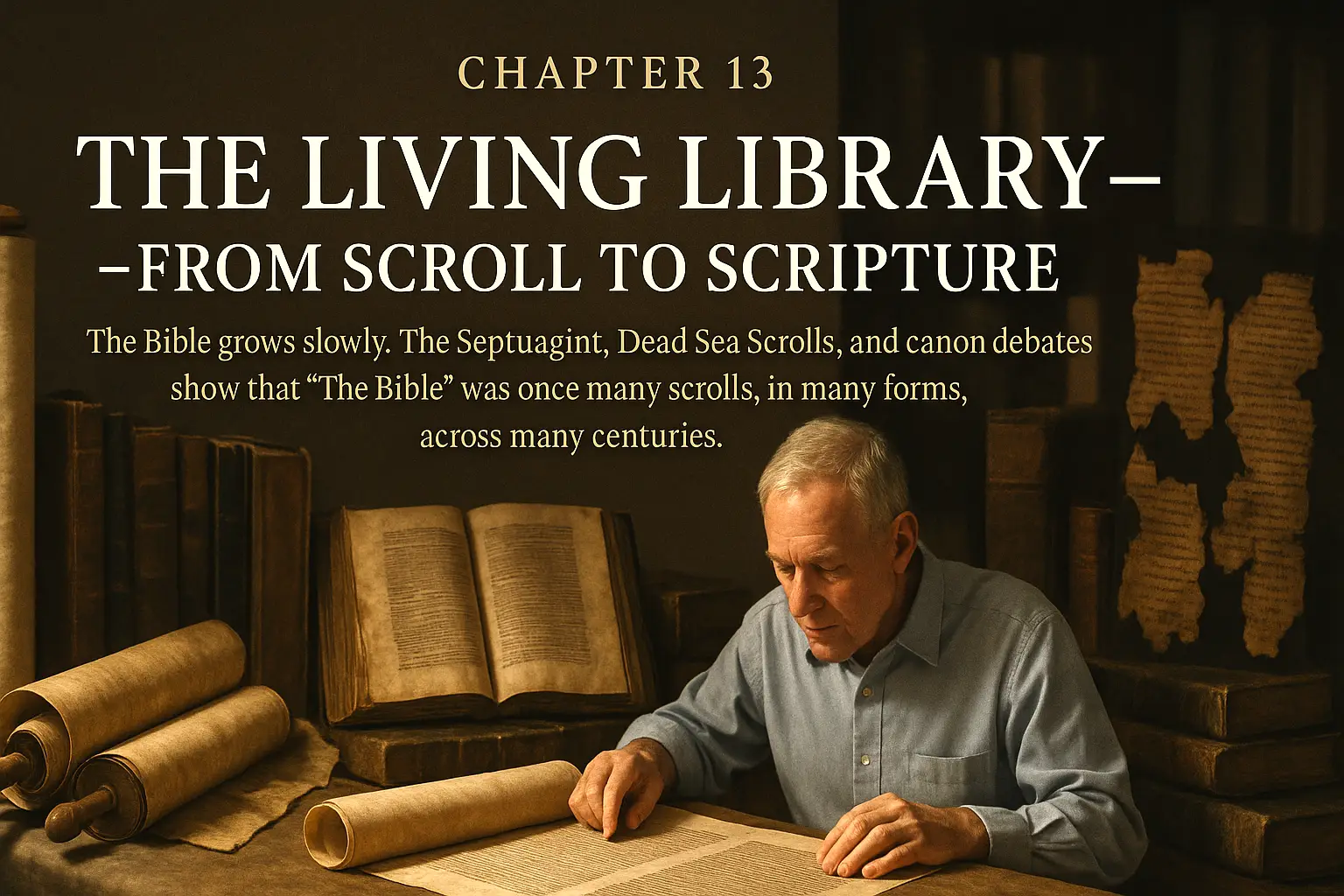
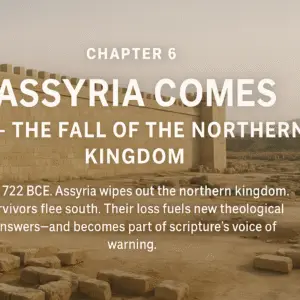
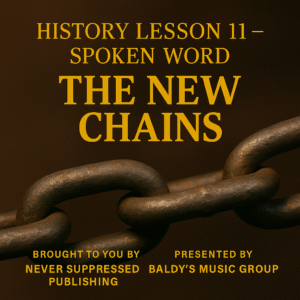
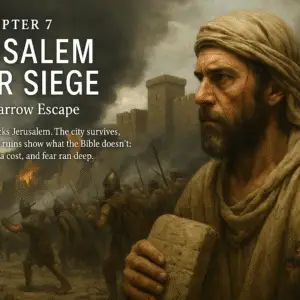
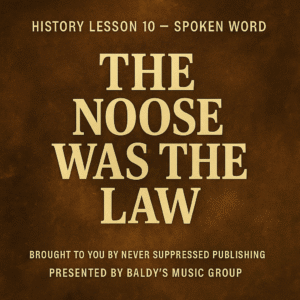
Reviews
There are no reviews yet.